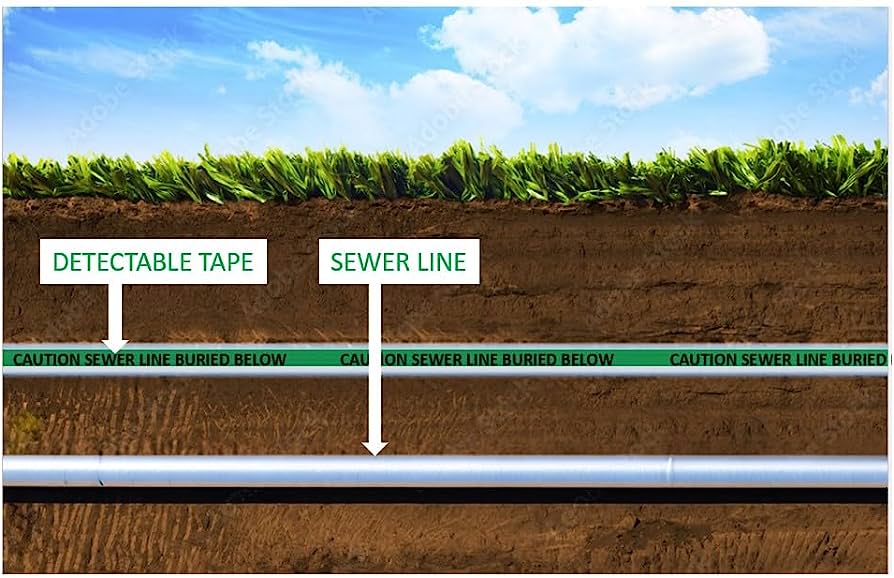Copyright © 2021 Kunshan Yuhuan Package Materials Co., Ltd. All rights reserved.
- 86 0512-50336235
- lulu@suzmc.com
- Sitemap
Underground marking tape, also known as detectable warning tape, is specifically designed to be detectable at a certain depth. This depth varies depending on the type of tape and the specific application. The primary purpose of detectable warning tape is to provide a visual and detectable indication of buried utilities, ensuring their protection during excavation activities.
Detectable warning tape is available in different configurations to accommodate varying depths of buried utilities. The most common depths for detectable warning tape range from 6 inches to 24 inches. These depths are considered standard in many regions and are suitable for most utility installations. The specific depth chosen depends on factors such as the type of utility being marked and local regulations.
Several factors can influence the detectability depth of warning tape, including:
Detectable warning tape is typically made from materials such as polyethylene or aluminum foil laminates, which have properties that allow them to be detected using specialized equipment. The construction and composition of the tape play a crucial role in determining the depth at which it can be effectively detected.
The type of soil or ground conditions in which the tape is buried can affect its detectability depth. Different soil types have varying levels of conductivity and electromagnetic properties, which can impact the detection range of the equipment used. Hard or compacted soil may reduce the depth at which the tape can be detected, while softer or more conductive soil may allow for greater depth.
The equipment used to detect underground marking tape plays a significant role in determining the detectability depth. Ground-penetrating radar (GPR) systems are commonly used to locate buried utilities and detect warning tape. The capabilities and specifications of the GPR equipment can vary, affecting the depth at which the tape can be accurately detected.
The proper installation of detectable warning tape is crucial to ensure its detectability. The tape should be installed at the appropriate depth and in direct contact with the utility being marked. Improper installation, such as incorrect depth or inadequate contact, can result in reduced detectability or false readings during detection.

Detectable warning strips were designed to detect at specific depths to ensure the protection of buried utilities during excavation projects. Standard depths for detection range from 6 inches to 24 inches, depending on the type of tape and local regulations. Factors such as tape material, ground conditions, detection equipment and installation methods can affect detectable depths.
By following best practices and using high quality tapes, excavation professionals can improve the effectiveness of detection warning tapes and promote safe and responsible excavation practices, Kunshan Yuhuanis a professional manufacturer of underground detectable warning tapes to meet the requirements of each region and offers professional construction guidance, contact us today for more expertise.
contact:lulu@yhtape.com